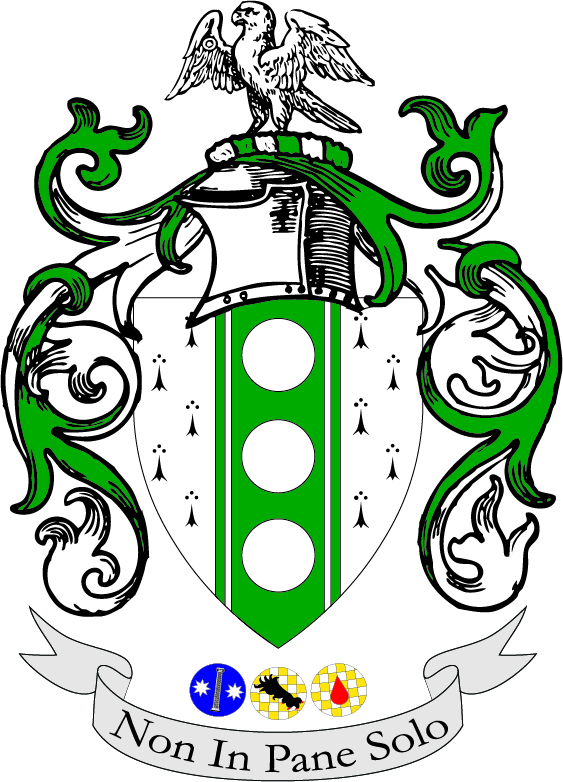This is part of an ongoing project to summarize and provide SCA focused commentary on The Schoole of the Noble and Worthy Science of Defence by Joseph Swetnam, published in 1617.
For links to the other sections of the Swetnam Project please go here.
I am using this facsimile: http://tysonwright.com/sword/SwetnamSchooleOfDefence.pdf for the project.
Chapter two of Joseph Swetnam’s work is less than three pages long. That’s not enough for a whole post. So I’ll put three chapters together here.
Chap. II. Declaring the difference of sundry mens teaching, with a direction for the entrance into the practice with thy weapons
There are innumerable styles and fashions of fighting. Every man practices his art in a slightly different way. Once you have settled into a style it is very difficult to change, even if there is a major issue with what you’re doing.
But true skill of weapons is never forgotten. Even years later you will remember how to fight. Even if you have just having seen someone else fight before you will remember some of it. Similarly a man who doesn’t know how to swim may save themselves from drowning by remembering what others did. If people are able to do this, how much more if they were trained from a young age.
Because of this we should train our youth in the Arte of Defence from a young age so that they may remember it all their life.
SCA Take:
Pretty standard stuff: train young to lay down the basics, it’s hard to change a style, it’s easy to bring back muscle memory.
Chap. III. Fearefull examples of murther with advise to avoid murther
Swetnam says that the worst sort of man to be is a murderer. Although some people believe that killing a man in cold blood is worse than killing an evenly matched man on the field of honour swetnam does not. He admonishes “Thou shalt not kill”.
He extols us not to brag about killing an opponent in a duel. That even if you are cleared by the judge, you still must meet God as a judge.
He now begins to give examples of various murderers of his time (all of whom were pardoned by the legal system). One committed suicide, one was killed less than two weeks later at sea (and no one else on his ship died), one was hanged by the french a month later for an unrelated issue, a fourth spent fourteen years running from the law – and then was killed himself in a duel. He ends with the story of King Richard III – which seems based off of the Shakespearean play, or he could have read the same history books that Shakespeare did.
He spends some more time talking about murderers and conscience.
The wicked will always be punished in the end.
He does exempt those who murder ignorantly, killing a man by accident or some such. He seems to excuse this more. He advocates that if you must use force to make sure that you attempt not to kill your opponent.
SCA Take:
Interesting from a sociological perspective. I expect most of his actions in the practical section of the manual will then be designed to incapacitate rather than kill.
Chap. IIII. Which sheweth unto whom skill belongeth, with the fruits of drunkennesse.
We continue our topics of morality here.
Swetnam has issue with people who have skill at weapons and yet can not govern themselves. He believes that knowledge of weapons needs to come with knowledge of when to use it.
Remember that the person who brags the most is not the best fighter.
Everyone needs to know how to fight so that they can defend King, Country, Self, and Reputation. However you should not use your skill in other cases such as frivolous quarels or when drunk
SCA Take:
Pretty self explanatory – don’t brag is the big one that comes through for SCA.



2 Comments
Thoughts on Reading Swetnam » Tomas de Courcy · June 14, 2011 at 2:13 pm
[…] 2. The Second declareth the difference of sundry mens teaching, with other directions […]
Thoughts on Reading Swetnam | Tomas de Courcy · June 30, 2011 at 12:29 pm
[…] 2. The Second declareth the difference of sundry mens teaching, with other directions […]
Comments are closed.